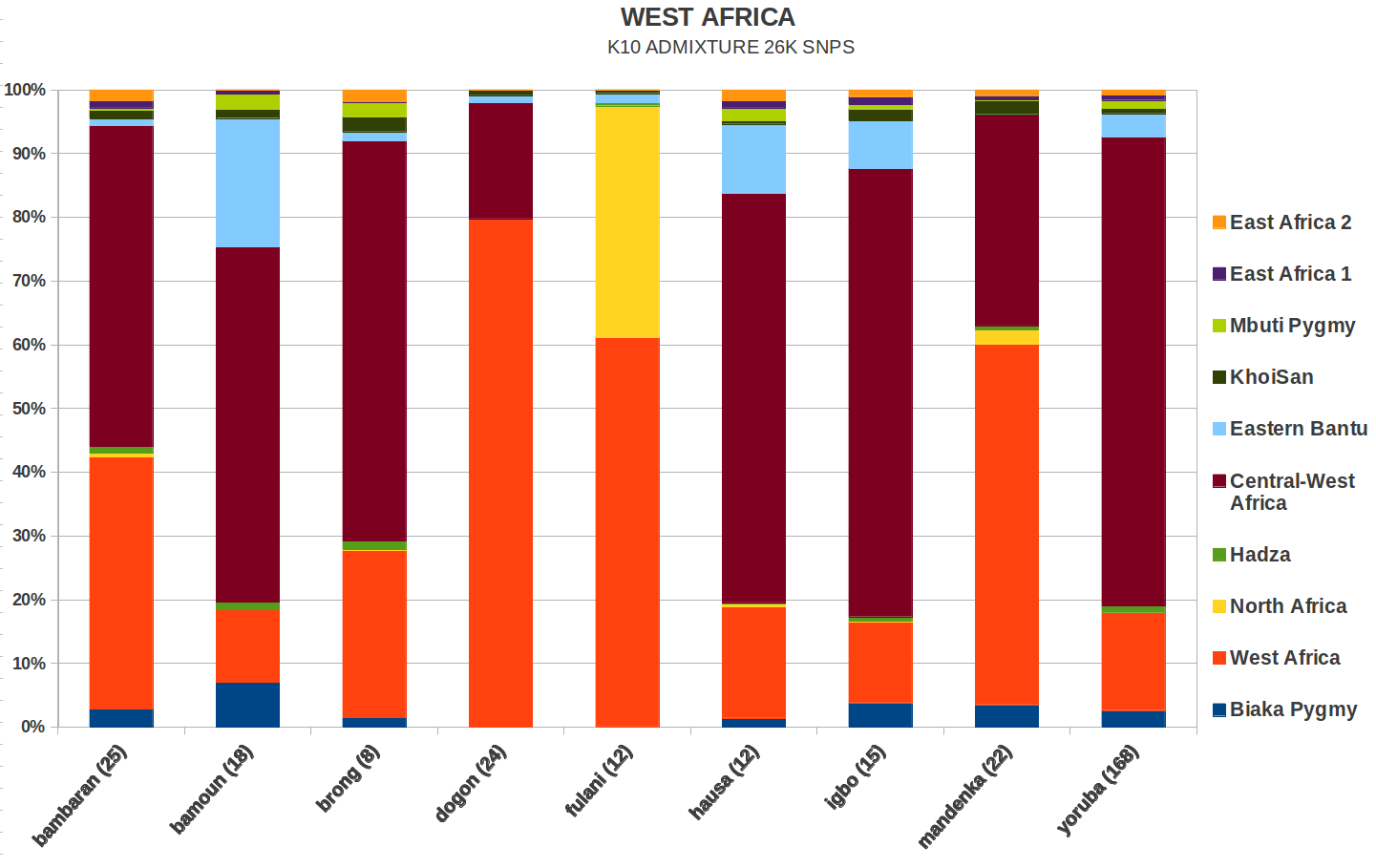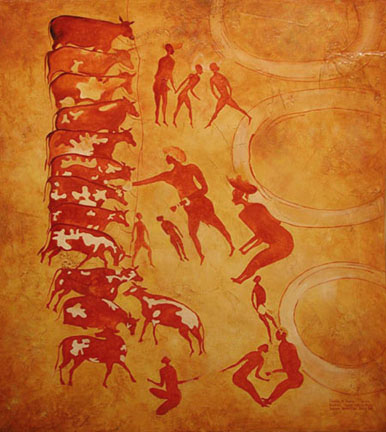The Odum of Ala Igbo
Hail Biafra!
@Akan @IllmaticDelta @Poitier @KidStranglehold
Rice and Yam Hearth
I came across a book (The Peopling of Africa: A Geographic Interpretation, Yale, 1995)which details how the African continent became 'peopled'. The book has information on population movements, the impact of differing foodstaples, technology, state-building etc.
A portion of the book is dedicated to West Africa's peopling. In it, it claims that two agricultural traditions carried people into the rainforest belt of West Africa. One involving yams and the other involving rice.
The rice migration carried Mande peoples (Susu, Malinke, Komo, Vai, Kru) and related tribes down from the confluence of the Niger, Gambia and other rivers - pushing peoples like the Wolof and Serrer towards what is now Senegal/Gambia.
For the Yam peoples, it pushed the Edo, Igbo, Yoruba, Ewe and others down from Central Nigeria/Benue River valley. What's interesting about this migration is that it carried iron technology first developed by the Nok peoples over 2000 years ago with them along with yam crops. Additionally, the author claims that the Bantu came out of this migration.
If you look on Google Books, a map detailing this is on page 121.
Rice and Yam Hearth
I came across a book (The Peopling of Africa: A Geographic Interpretation, Yale, 1995)which details how the African continent became 'peopled'. The book has information on population movements, the impact of differing foodstaples, technology, state-building etc.
A portion of the book is dedicated to West Africa's peopling. In it, it claims that two agricultural traditions carried people into the rainforest belt of West Africa. One involving yams and the other involving rice.
The rice migration carried Mande peoples (Susu, Malinke, Komo, Vai, Kru) and related tribes down from the confluence of the Niger, Gambia and other rivers - pushing peoples like the Wolof and Serrer towards what is now Senegal/Gambia.
For the Yam peoples, it pushed the Edo, Igbo, Yoruba, Ewe and others down from Central Nigeria/Benue River valley. What's interesting about this migration is that it carried iron technology first developed by the Nok peoples over 2000 years ago with them along with yam crops. Additionally, the author claims that the Bantu came out of this migration.
If you look on Google Books, a map detailing this is on page 121.


